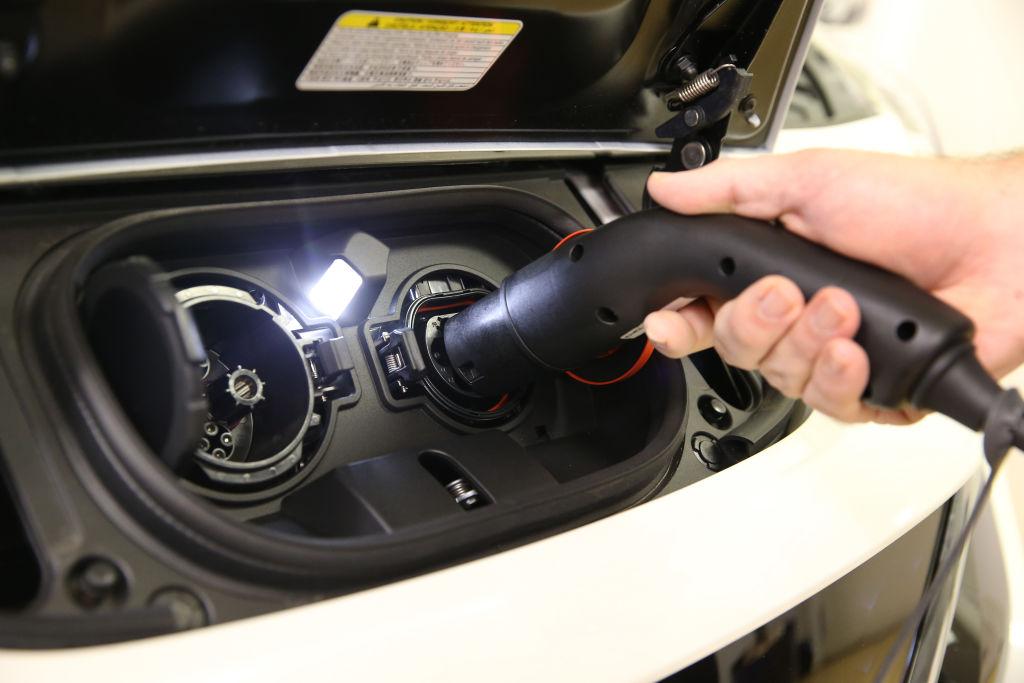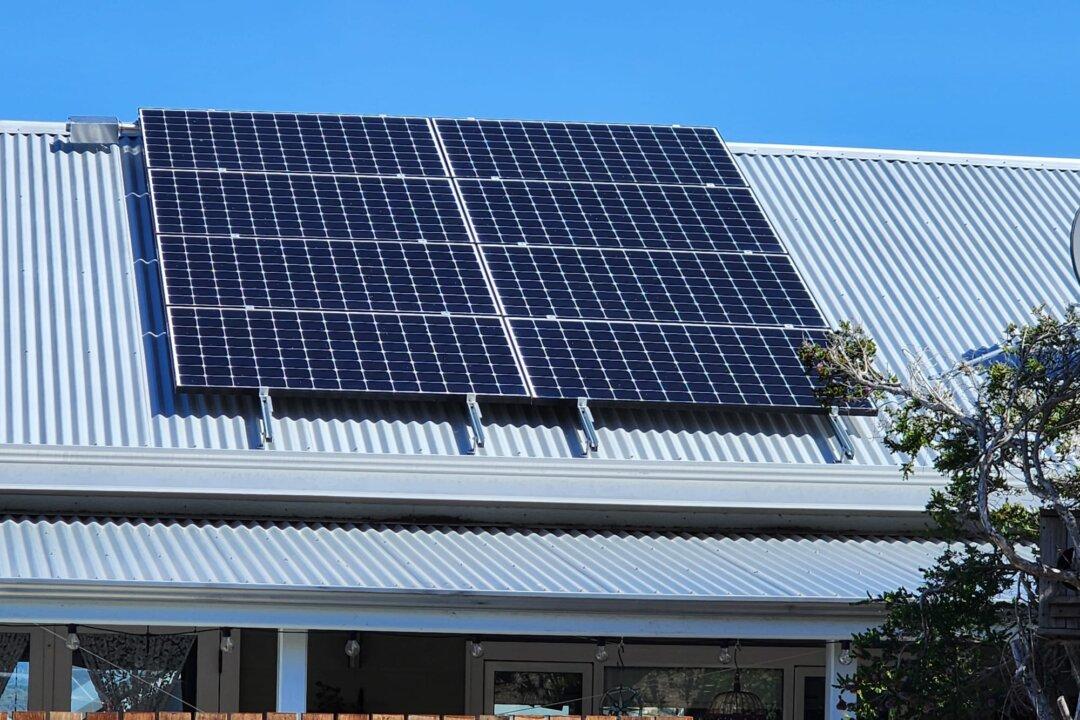Commentary
Some residents who live in my neighbourhood regularly organise a party, which is usually held on the grassy verge of the street opposite the house of one of the participants. The purpose of the party is to socialise, exchange information, and promote camaraderie.





